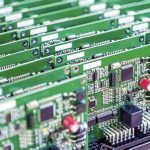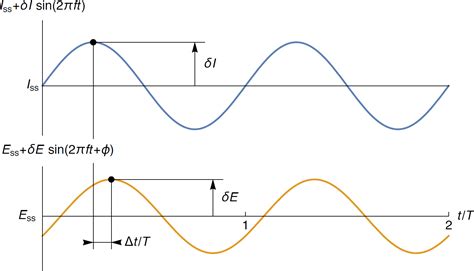
Blog
-
Defining Defined Impedance
Posted by
–
 Read more: Defining Defined Impedance
Read more: Defining Defined ImpedanceWhat is Defined Impedance? Defined impedance is a key concept in electrical engineering that refers to the total opposition a circuit presents to alternating current (AC) at a given frequency. It is a complex quantity that combines resistance and reactance, and is measured in ohms (Ω). Impedance is defined as […]
-
PCB & Assembly Services – DEFINED IMPEDANCE pool
Posted by
–
 Read more: PCB & Assembly Services – DEFINED IMPEDANCE pool
Read more: PCB & Assembly Services – DEFINED IMPEDANCE poolWhat is Defined Impedance in PCB Design? Defined impedance, also known as controlled impedance, refers to the precise control of impedance values for PCB Traces and interconnects. Impedance, measured in ohms (Ω), is the total opposition a circuit presents to alternating current. It is determined by the combined effect of […]
-
The PCB’s in our Robots
Posted by
–
 Read more: The PCB’s in our Robots
Read more: The PCB’s in our RobotsWhat are PCBs and Why are They Essential in Robotics? A printed circuit board, or PCB, is a flat board made of insulating material, such as fiberglass or plastic, with conductive pathways etched or printed onto its surface. These conductive pathways, known as traces, connect various electronic components, such as […]
-
Edge Connectors with Gold Surface
Posted by
–
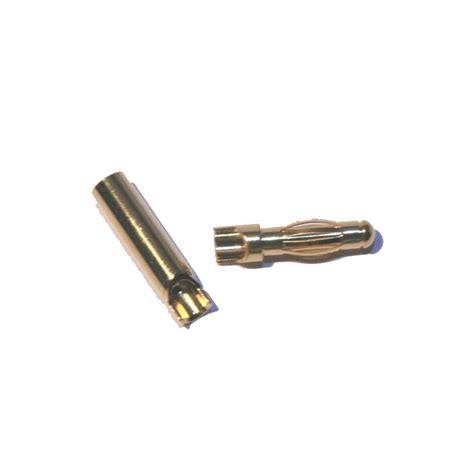 Read more: Edge Connectors with Gold Surface
Read more: Edge Connectors with Gold SurfaceWhat Are Gold-Plated Edge Connectors? Gold-plated edge connectors are specialized connectors used in printed circuit boards (PCBs) to provide a reliable and durable connection between the PCB and other components or devices. These connectors feature a thin layer of gold plating on the contact surfaces, which offers several advantages over […]
-
Gold Plating for Edge Connectors
Posted by
–
 Read more: Gold Plating for Edge Connectors
Read more: Gold Plating for Edge ConnectorsWhat is Gold Plating? Gold plating is the process of depositing a thin layer of gold onto the surface of another metal, such as copper or nickel. The gold layer provides several benefits, including: Excellent electrical conductivity High resistance to corrosion and oxidation Low contact resistance Improved wear resistance Enhanced […]
-
WHAT ARE GOLD FINGERS
Posted by
–
 Read more: WHAT ARE GOLD FINGERS
Read more: WHAT ARE GOLD FINGERSIntroduction to Gold Fingers Gold fingers, also known as edge connectors or contact fingers, are a type of electrical connector commonly found on printed circuit boards (PCBs) and various electronic devices. These connectors are typically plated with gold to ensure reliable electrical contact and prevent corrosion. Gold fingers play a […]
-
Plated Gold Edge Connectors
Posted by
–
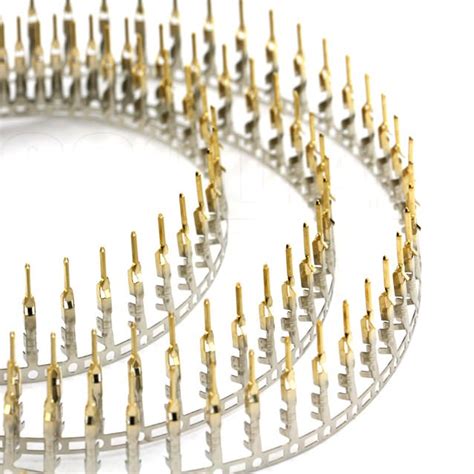 Read more: Plated Gold Edge Connectors
Read more: Plated Gold Edge ConnectorsIntroduction to Gold-Plated Connectors Gold-plated connectors are essential components in various electronic devices, offering superior conductivity, corrosion resistance, and durability compared to other connector types. These connectors are widely used in applications where reliable electrical connections are critical, such as in telecommunications, aerospace, and medical equipment. What are Gold-Plated Connectors? […]
-
PCB Stackup Planning Simple
Posted by
–
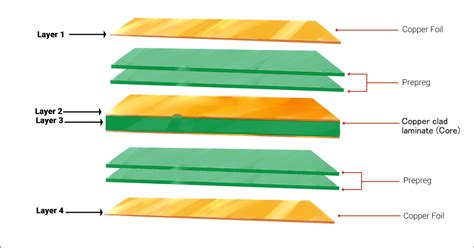 Read more: PCB Stackup Planning Simple
Read more: PCB Stackup Planning SimpleWhat is PCB Stackup? PCB stackup refers to the arrangement of layers in a printed circuit board (PCB). It is a critical aspect of PCB design that determines the board’s electrical performance, signal integrity, and manufacturability. A well-planned PCB stackup ensures that the board functions as intended and meets the […]
-
8 rules for designing PCB stack up
Posted by
–
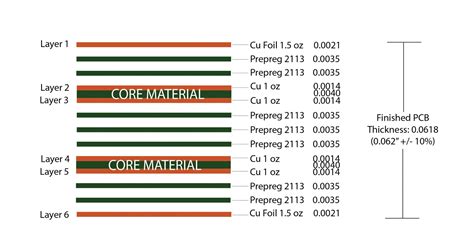 Read more: 8 rules for designing PCB stack up
Read more: 8 rules for designing PCB stack upIntroduction to PCB Stackup PCB stackup refers to the arrangement of copper and insulating layers that make up a printed circuit board (PCB). The stackup design plays a crucial role in determining the electrical performance, signal integrity, and manufacturability of a PCB. A well-designed PCB stackup ensures proper Impedance Control, […]
-
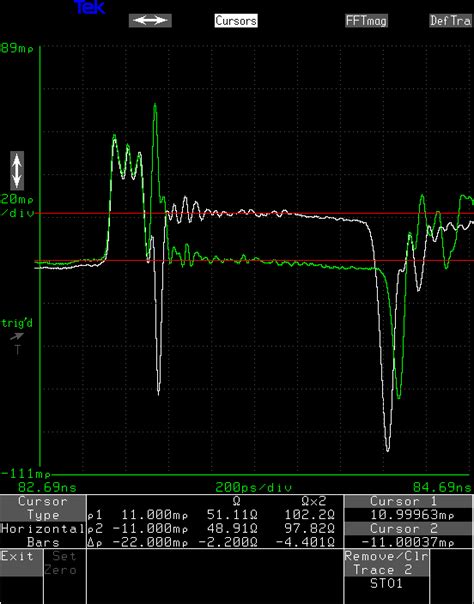 Read more: Differential trace impedance without reference plane
Read more: Differential trace impedance without reference planeUnderstanding Differential Trace Impedance Differential trace impedance is a critical aspect of High-Speed PCB design, especially when dealing with differential signaling. It refers to the impedance between two differential traces, which carry equal and opposite signals. Maintaining a consistent differential impedance is essential for preserving signal integrity and minimizing electromagnetic […]
